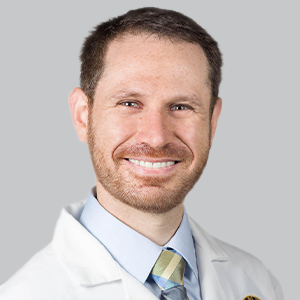Commentary
Video
Challenges With Identifying Convulsive Events to Prevent Sudden Death in Toddlers: Orrin Devinsky, MD
Author(s):
The director of NYU Langone’s Comprehensive Epilepsy Center discussed the infrequent prevalence of febrile seizures in toddlers prior to sudden death and the difficulty with toeing the line on being overly cautious and reasonable. [WATCH TIME: 4 minutes]
WATCH TIME: 4 minutes
"The challenge is that it’s an extraordinarily rare event, and we also don't want to panic 10,000 parents in the hope of potentially saving one life. I think this becomes a challenging issue in public health. My own view is it is important to empower people with information and let them make a choice."
Research on sudden deaths in infants and young children has been limited because almost all are sleep-related and unwitnessed. Led by Orrin Devinsky, MD, a recently published study analyzed terminal videos of sleep-related child deaths from the SUDC Registry and Research Collaborative to document observations and explore mechanisms of death. In the registry of 301 sudden unexplained child deaths, a series of 7 consecutively enrolled cases were independently assessed by 8 physicians for video quality, movement, and sound.
Published in Neurology, all 7 children had normal cardiac pathology and whole-exome sequencing failed to identify any pathogenic cardiac variations. All 5 cases with continuous recordings revealed convulsions before death while the 2 with noncontinuous motion-triggered recordings were less definitive. Notably, of the 6 cases with suggestive or definite convulsive movements before death, only 1 had a febrile seizure history.
Devinsky, director of NYU Langone’s Comprehensive Epilepsy Center, and colleagues, suggested that an accurate diagnosis of these such deaths is limited by pathognomonic evidence of terminal seizure because autopsies may be normal or show incidental findings. In an interview with NeurologyLive®, Devinsky discussed the moments leading up to sudden death in this patient population and whether there is any way to curve possible convulsive activity. He discussed the challenges with patients who show no history of having seizures and toeing the line between being safe and too overly cautious. Furthermore, he spoke on the ways this type of research has evolved, including the benefits crib cams and oxygen-reading modalities bring.
REFERENCE
1. Gould L, Reid CA, Rodriguez AJ, Devinsky O. Video analyses of sudden unexplained deaths in toddlers. Neurology. 2024;102(3). doi:10.1212/WNL.000000000000208038
Newsletter
Keep your finger on the pulse of neurology—subscribe to NeurologyLive for expert interviews, new data, and breakthrough treatment updates.




